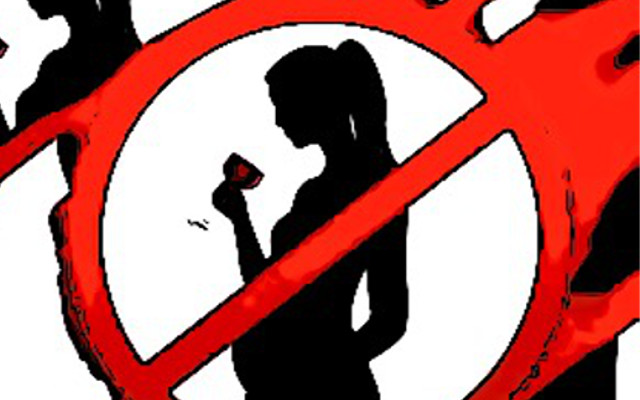Pregnancy, no alcohol. A clear message, visible, however, only on some bottles of alcoholic beverages. Why?
Pregnancy, no alcohol and other attentions
Diet in pregnancy requires attention that we have already written about, for the health and well-being of the unborn child as well as the mother.
Alcohol in pregnancy should be avoided altogether; in fact, scientific studies show that drinking alcoholic beverages during pregnancy can predispose to fetal malformations, mental and growth retardation of the newborn, and low birth weight. Some gynecologists speculate the harmlessness of an occasional glass of wine, but in the absence of firm data on the threshold of alcohol that can be safely consumed, it is recommended to avoid consumption.
Caffeine and theine, even if contained in products other than tea and coffee (e.g., energy drinks), should also be limited to the minimum possible.
Pregnancy, no alcohol. Label Warnings.
France introduced as early as 2007 a requirement that all labels of alcoholic beverages, including so-called alco-pops, (1) bear a special logo recalling their unsuitability for pregnant women.
In Ireland, the Public Health Alcohol Bill requires appropriate information on labels about the risks of alcohol consumption. For the general population and pregnant women. With a link to the Health Service Executive‘s website, where various news and publications on the subject are provided.
In Germany, the health warning is mandatory only on labels of nontraditional alcoholic beverages, i.e., those where the presence of alcohol may be disguised in some way (e.g., alco-pops, spirit coolers).
In England any warning-textual or visual-about alcohol is optional, just as in Italy and several other EU member states.
Instead, in Russia, the U.S., Canada (2) and a dozen countries around the world-from South America to the Far East, via Israel-there is a requirement to include special ‘Government warnings‘ on the label. (3)
No alcohol, the usefulness of symbols
First of all, it is useful-and indeed should be mandatory, in every country on the planet-to require a warning, on the labels of any alcoholic beverage. To make it clear to everyone, beyond customs and false beliefs, that pregnant women should strictly abstain from alcohol intake.
Warnings through pictograms, according to recent research, (4) are more effective as they are immediately visible and able to convey ‘at a glance’ the perception of health risks associated with alcohol consumption. They contribute, in more general terms, to the reduction of inputs.
Alcohol consumption is responsible for 3.3 million deaths worldwide annually and is a causal factor in the development of more than 200 related diseases. (5) It may therefore be worthwhile for all operators to include simple symbols on labels. With the goal of providing clear information without the need to alarm. To this end, it is certainly useful to indicate the ‘units of consumption,’ referring to the alcohol content, contained in each bottle or can.
Dario Dongo and Roberto Pinton
Notes
(1) Pursuant to reg. EU 1169/11, alcoholic beverages are defined as ‘beverages containing more than 1.2 percent alcohol by volume’ (Art. 1.1.k)
(2) Limited to Yukon and Northwest Territories.
(3) For a comprehensive overview of current rules at the planetary level, see data offered by WHO. More news at http://www.salvationarmy.org.au/en/Who-We-Are/our-work/Drug–Alcohol-Abuse/Alcohol-warning-labels/
(4) Sophie Wigg and Lorenzo D. Stafford, University of Portsmouth (UK), Department of Psychology, in PLoS One, 22.4.16, doi: 10.1371/journal.pone.0153027, at https://www.ncbi.nlm.nih.gov/pmc/articles/PMC4841515/#!po=73.5294
(5) See study cited in Note 4




